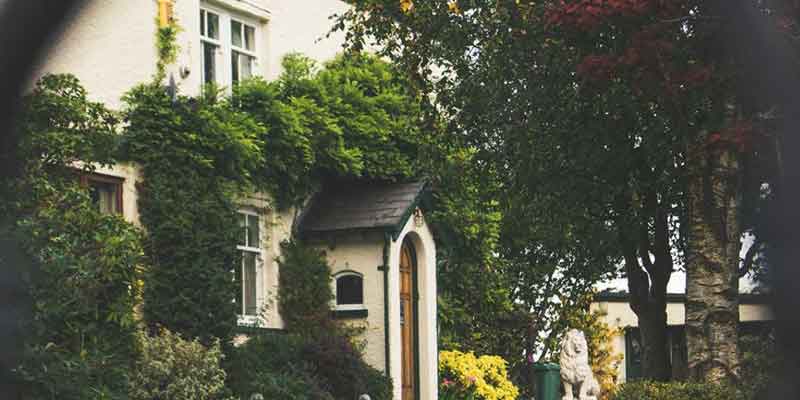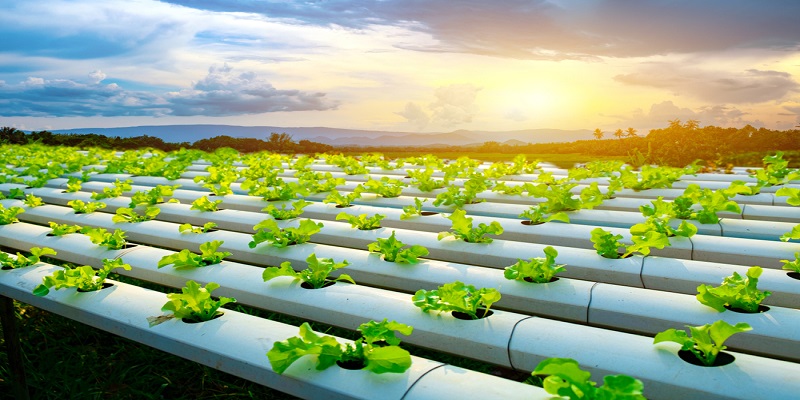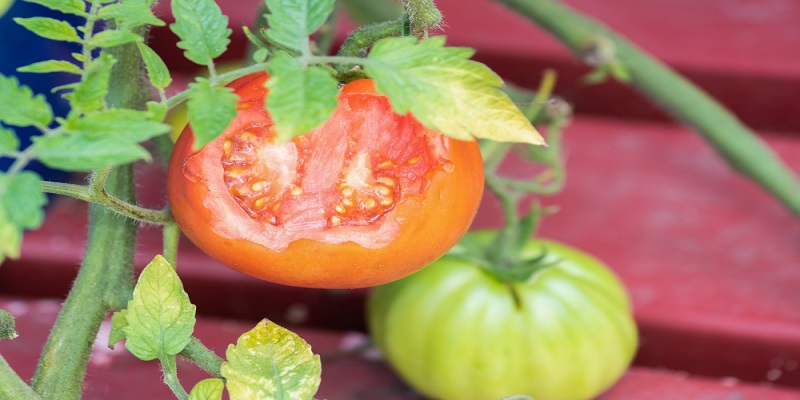Sustainable Landscaping Practices for Your Home

Sustainable Landscaping Practices
For rental properties, Sustainable Landscaping Practices can benefit both you and your tenants. On one hand, you have a low-maintenance, cost-effective yard. Your tenants can benefit from a well-maintained and beautiful outdoor space. You see, just because the landscape is sustainable, doesn’t mean it has to be a barren desert. You can have a lush, vibrant outdoor space with still practicing sustainability.
When we talk about sustainable landscaping, two key focuses are water conservation and reducing the environmental impact it has. In this article, we’ll check out some great practices and technology available to help you transform your outdoor space into a sustainable oasis for your tenants to enjoy.
- Artificial Turf
- Drip Irrigation Systems
- Add Mulch
- Use Native Plant Species
- Avoid Using Pesticides and Herbicides
Artificial Turf
One of the most popular ways people are making their landscape more sustainable is by swapping out their grass for artificial turf. Turf options have come a long way over the years and you’re able to choose the length and color, so the lawn looks the exact way you want it to. The obvious benefit of switching to turf is significantly reducing the amount of water it takes to maintain your landscaping. It can significantly lower the property’s water bill and help the environment at the same time. An added benefit of turf for rental investors is the reduced costs associated with gardening services since turf is maintenance-free.

If you’re struggling with getting rid of all the grass on your property, you can opt to reduce the size of your lawn instead. You’ll still need to regularly water to maintain it, but you’ll reduce your water usage. Just replace some of the grass areas with other permeable surfaces like gravel, mulch, or any other ground covering material. That’ll ensure rainwater and excess runoff can still seep into your soil to keep the moisture levels high.
Drip Irrigation Systems
Continuing with the theme of water conservation, drip irrigation systems are another great way to create a more sustainable landscape. These irrigation systems avoid the typical issues of water waste like evaporation and excessive runoff through a set of watering tubes. The tubes run directly to the base of the plants or even below the soil to deliver a slow and steady stream of water that can be directly absorbed by the root systems.

Like artificial turf, drip irrigation systems can significantly reduce the costs associated with landscape maintenance and helps conserve water at the same time.
Add Mulch
Another smart way to conserve water in your landscape is to simply add mulch. Mulch has long been coveted by avid gardeners as a water (and time) saver. When soil is covered with mulch, it can retain water better because the temperature is usually cooler under a layer of mulch and it helps prevent evaporation. Some experts say that covering your soil with mulch can reduce the amount you need water by up to two-thirds!

In addition to the water retention, mulch reduces the number of weeds that’ll pop up in your landscaping which are known to sap the moisture from your ground soil. Mulch can even help reduce water runoff during rainstorms which reduces your water usage (and water bill.) As a rental investor, adding mulch is likely the least expensive way to make your landscape more defined and more sustainable.
Not only does mulch help with water conservation, but it’s also a great insulator to help protect some of your newer plants from freezing in the fall and winter months when the temperature drops. Keeping your plants alive through the colder months is essential when it comes to your fall landscaping preparation.
Use Native Plant Species
Another leg of sustainable landscaping is reducing its impact on the surrounding environment. Using native plant species in your landscaping not only prevents habitat degradation but also helps support the local wildlife.

Most popular garden plants are foreign species in the areas they’re planted. Some plants have been popularized over the years and people want them in their landscape even though they may not belong there. Adding foreign plant species to your landscape can have negative effects on the surrounding environment, namely out-competing the native species. Local wildlife depends on the native plants as a food and shelter source. And when they start to disappear because foreign species take over the area, the whole ecosystem suffers. This is why using native plant species in your landscaping is a great way to help sustain your local environment.
An added benefit of using native plants is that they are perfectly suited for your environment, so they are naturally low maintenance!
Avoid Using Pesticides and Herbicides
One of the quickest ways you can create a more sustainable landscape is to avoid using pesticides and herbicides to maintain it. Pesticides are one of the most harmful substances you can release into the environment. Statistics show that over 90% of pesticides used end up affecting more than just the targeted species because they naturally spread through the air and water runoff. If you’re going to use them, it’s important to store them in an enclosed space like a storage shed or cabinet to keep them from leaking or evaporating.

Try new ways to maintain your landscaping without having to use harmful chemicals when possible. Here are some helpful tips to reduce or eliminate your pesticide and herbicide usage:
- Pull weeds manually
- Use essential oils as an alternative to pesticides
- Select plants for your landscape that are insect and disease resistant
- Add a layer of mulch on top of your soil to deter weeds from growing
With a little extra time and work, you can reduce or even eliminate the usage of pesticides and herbicides to make your landscaping practices more sustainable.
Final Thoughts
There are several ways you can create a more sustainable landscape for your rental property. Creating an outdoor space that limits water usage and reduces the impact on the local environment. Can also be a great way to reduce the costs associated with owning a rental property.




